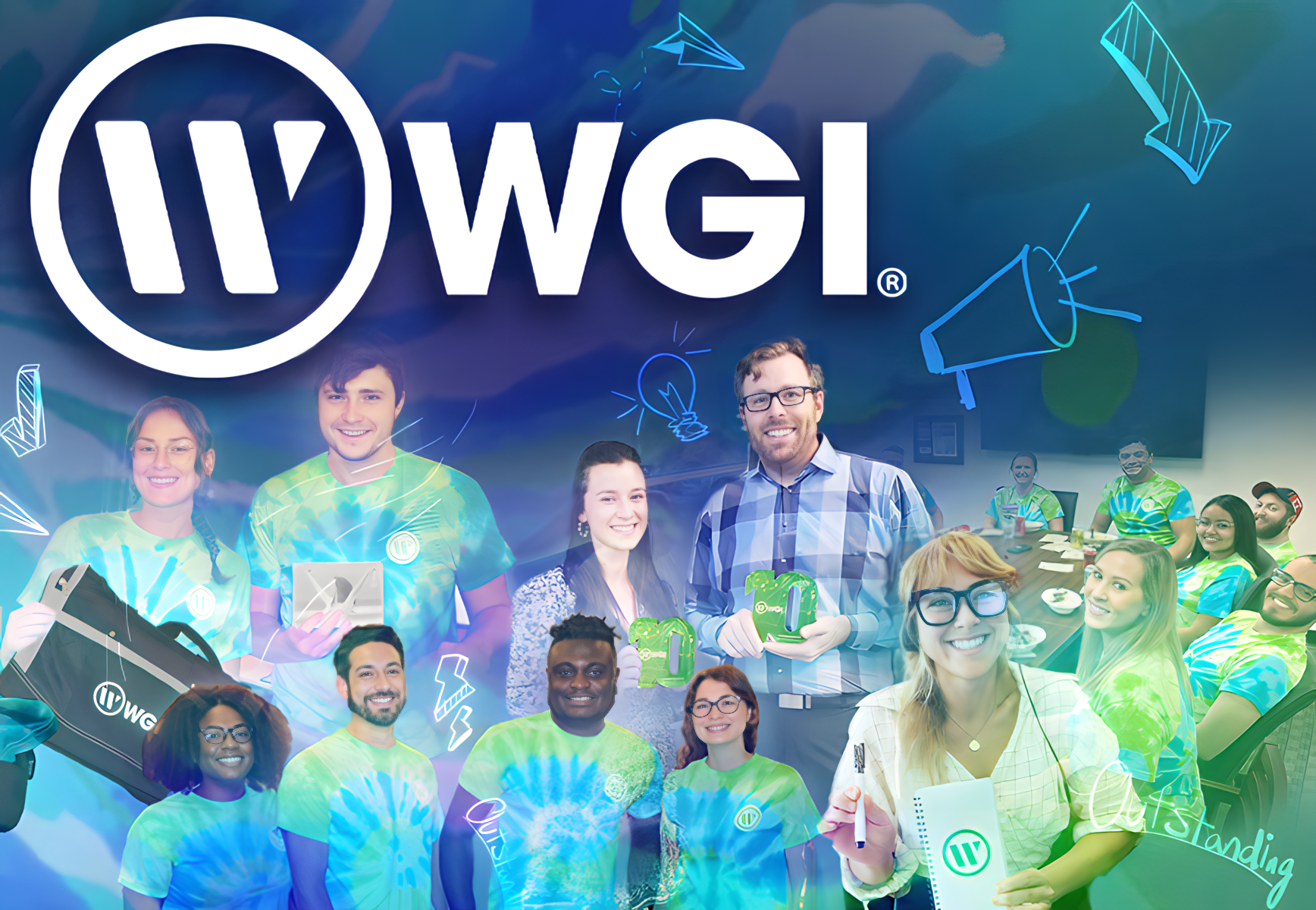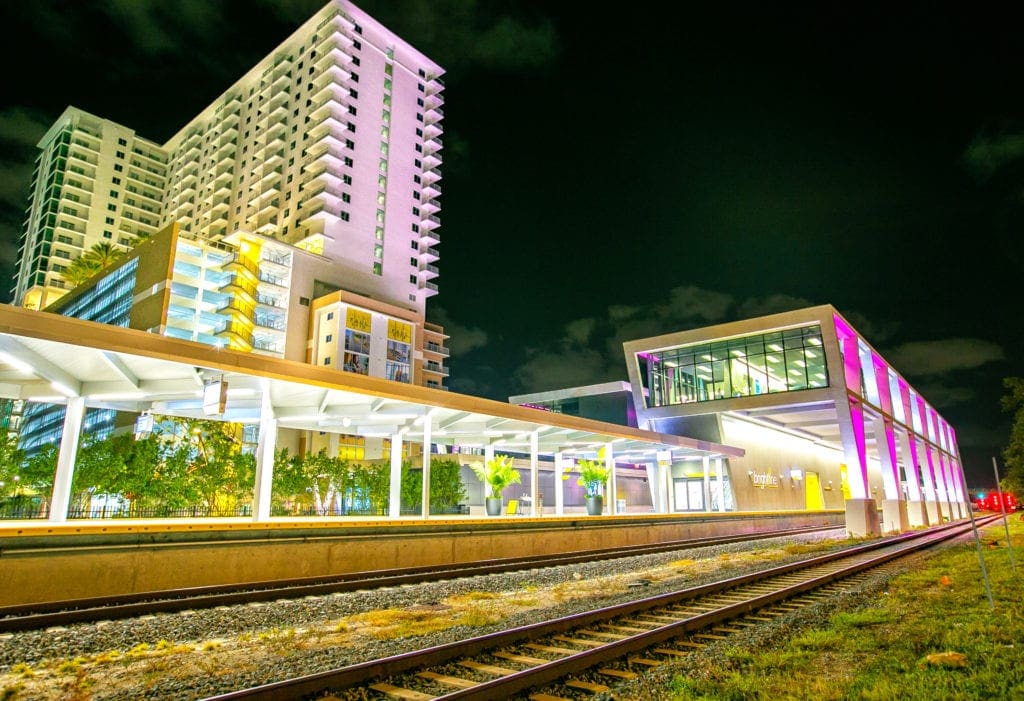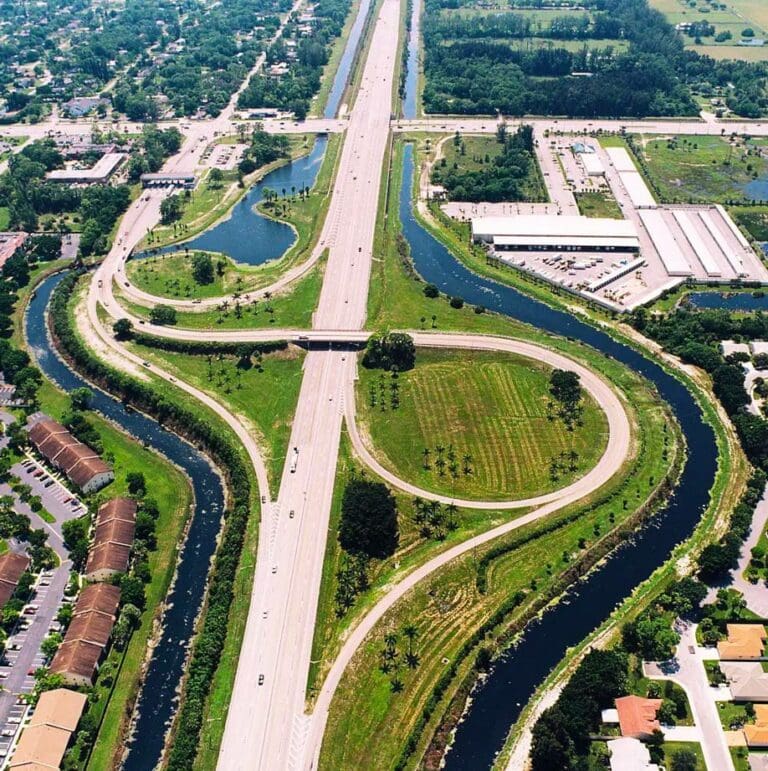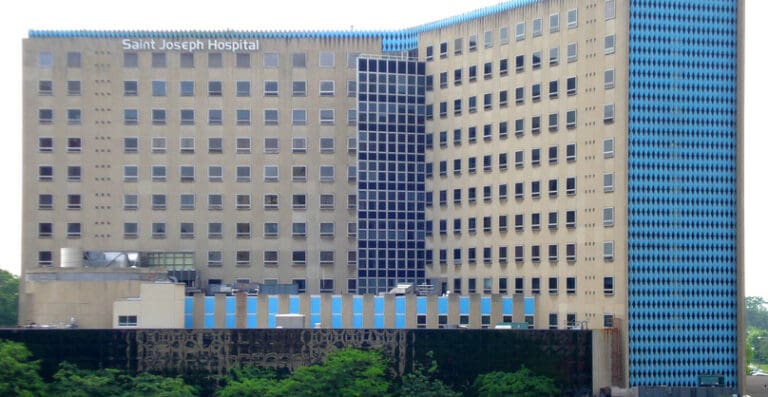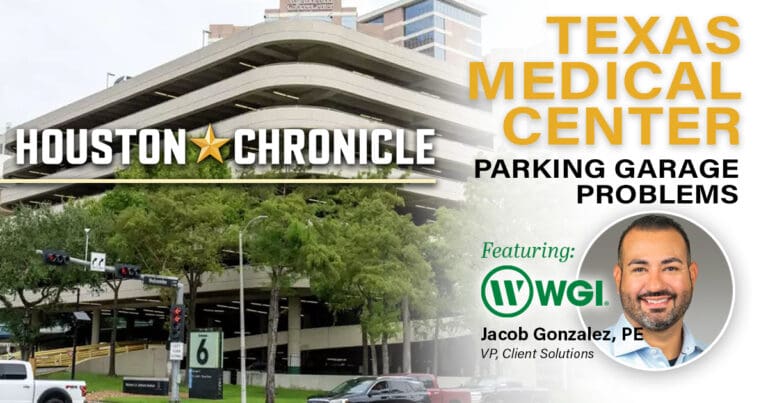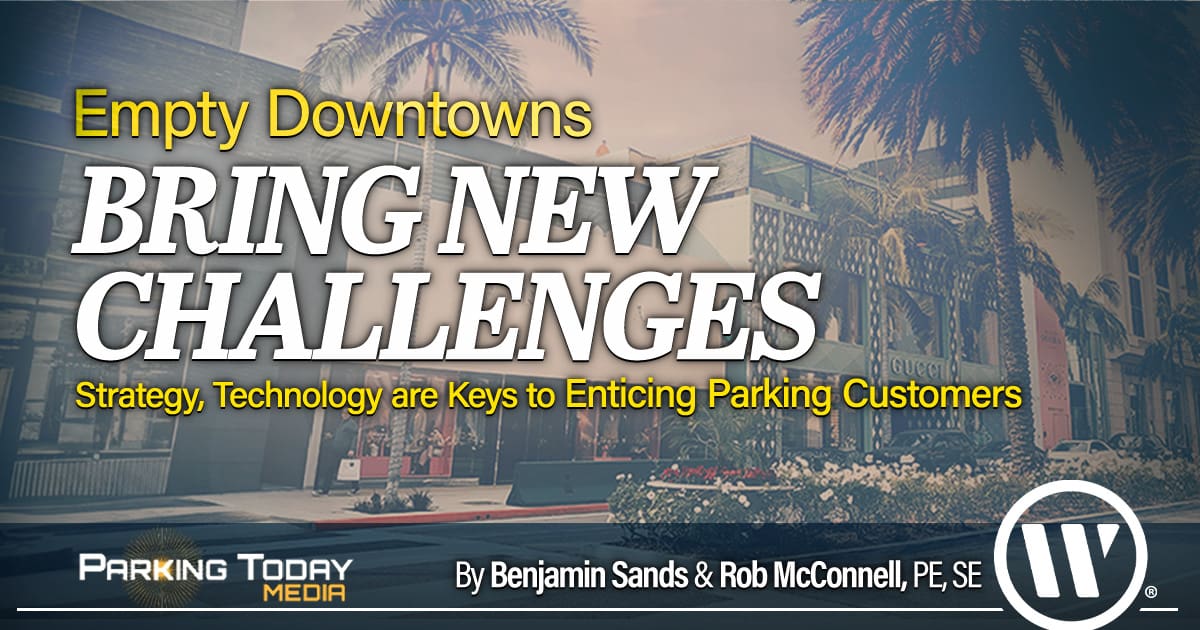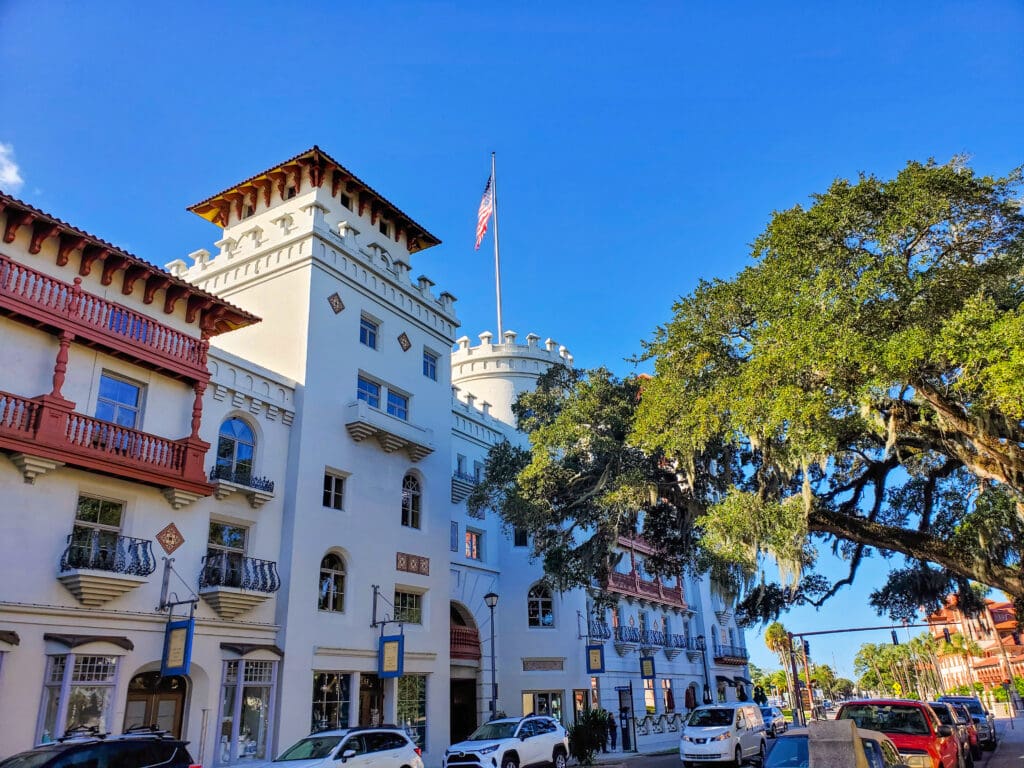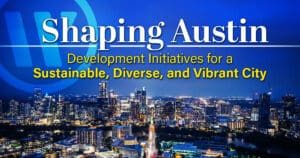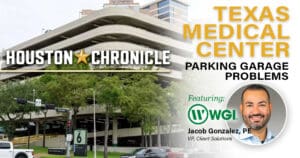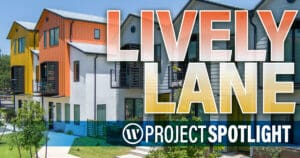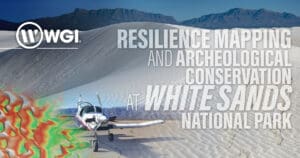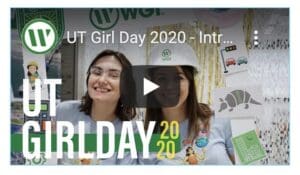By Benjamin Sands & Rob McConnell, PE, SE, LEED Green Associate
There are no cookie-cutter solutions to managing parking operations. Every city — every neighborhood — is different, with its own unique challenges and needs. In the wake of the COVID-19 pandemic, this has never been more apparent. In this environment, parking owners and operators must be competitive.
The pandemic devastated the urban core of many cities. Once vibrant centers of business, tourism, dining, and entertainment suddenly became ghost towns. Businesses of all types were hit hard, particularly parking operations. After all, people don’t need downtown parking if they aren’t driving to the office, shows, sporting events, or restaurants.
The recovery from the pandemic has been decidedly uneven. According to a study conducted by the University of Toronto, some downtowns have bounced back, while many others have struggled to recover. Las Vegas, for example, is stronger than ever. Other downtowns, such as El Paso, Texas, San Jose, California, and Miami, have nearly reached pre-pandemic levels of activity. Many North American cities, however, are struggling to get back to pre-COVID-19 levels of downtown activity.
Urban cores continue to face challenges for several reasons. One of the most important factors affecting parking owners and operators is that most businesses haven’t returned to universal in-office work. Employees grew accustomed to working from home. They appreciated not having to spend hours each week commuting to and from the office. And they certainly liked not having to spend thousands of dollars a year on gasoline (and work clothes!).
In the current tight labor market, in which it’s difficult to find and recruit employees, many companies are hesitant to force staff back into the office full-time. Research from various outlets suggests that 60% or more of the workforce would consider quitting if they were mandated to come into an office every day, and the employers that have tried to force the issue have seen substantial attrition.
This continuation of the work-from-home trend has caused new challenges for both parking owners and city planners trying to plan for municipal parking needs. Many garages and lots that were full during the workday before the pandemic now have just a fraction of that business.
But this trend doesn’t mean that parking is less important or that central cities should just get rid of parking lots and garages and replace them with green space or other uses. In some cities, nighttime recreational activity has returned to pre-COVID-19 levels. Residents and visitors are going to restaurants again, often at pre-pandemic rates, attending sporting events and concerts, and enjoying everything else cities have to offer at night. And people who drive their personal vehicles to these activities need someplace to park.
Eventually, in-office work will become the norm again. Most companies rely on team interaction and innovative ideas that can only emerge through people working together. It may take a recession to tip the labor balance in the employers’ favor, and eventually, even people who love working from home will want to have more face-to-face contact with their co-workers and others. There’s only so much “alone time” that most people can stand. The proverbial genie is out of the bottle, though, and because remote work has proved to be manageable and productive with the current collaboration tools, we can expect some amount of hybrid work for the foreseeable future.
How can cities and private parking owners navigate this new reality? How can they operate their facilities more effectively and profitably while continuing to meet peak parking needs, even if that peak need occurs at night for a while rather than during the workday?
Competing More Effectively
In this environment, parking owners and operators must be competitive. How do drivers choose a place to park? Convenience? Sure, they want to park close to their ultimate destination, and they want the parking process to be user-friendly. Price? It’s certainly a factor. Why pay $10 an hour when the garage across the street is just $7? Flexibility? For someone commuting only a few days each week, a monthly lease that accommodates their schedule without having to pay for unused days is appropriate. It also enables an operator to sell that space to another customer on the off days.
Parking is an emotional purchase. Once people find a parking facility that’s located in the right place, easy to use, and charges the right price, they tend to stick with it as long as these advantages remain in effect.
So, how do you capture and retain parkers in this more competitive environment? One way involves focusing on the customer experience. And that begins with technology. Over the past decade or so, frictionless parking has emerged as one of the most important trends in the industry. Allowing people to enter and exit parking facilities without pulling a ticket or paying at exits enables customers to enter and exit quickly and conveniently. Automatic payment also increases convenience, as does mobile payment. Offering parking guidance and pre-booking can improve the experience even more.
Of course, technology offers the key to a successful frictionless parking operation. License plate recognition (LPR) enables owners to automatically control access and charge for a parking session. The LPR system recognizes vehicles for which an account has been created. For gated operations, a fixed-camera LPR system raises the gate for a properly credentialed vehicle on both entry and exit.
Today, gateless parking is taking the frictionless trend even further. When parking garages and lots remove their gates, drivers can enter and exit even more conveniently. In gateless facilities, LPR technology is used to manage transactions in the same way gated systems do. Credentialed vehicles with established accounts are charged automatically for their parking session. Drivers without accounts can pay for the session with their personal devices before walking away from the garage. Where applicable, validations can be applied to refund some or all of the parking fee.
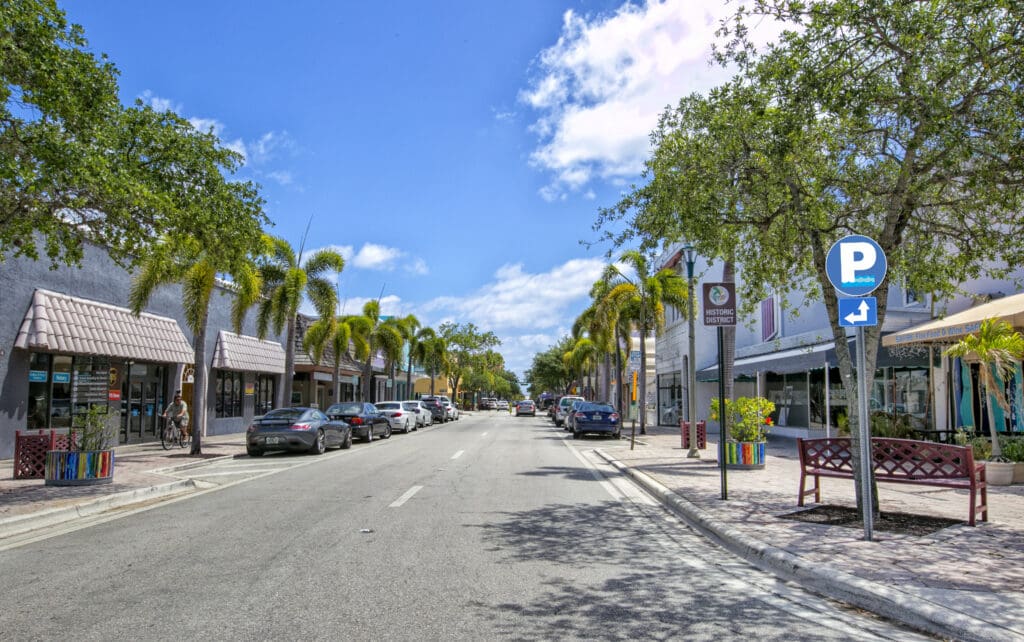
Gateless parking requires additional enforcement strategies to ensure that parkers have paid for their space and are authorized to park in the facility. Fixed-camera LPR tracks all vehicle entries and exits, enabling the parking management system to notify enforcement of the presence of unauthorized vehicles and unpaid parking sessions. The management system also identifies vehicles that have overstayed their session. The enforcement vehicle may have mobile LPR to quickly identify delinquent vehicles. Citations are issued electronically to known accounts, often with automatic debit for penalties, and unknown vehicles may be immobilized or towed.
Because employees aren’t coming to the office each day, companies that pay for employee parking are starting to look for deals on the parking they are paying for in tenant agreements. For instance, a company that may have needed ten spaces in the past may only need three now, with those spaces being shared by employees who come to the office on different days. New software solutions exist that can manage shared permit parking, making it easier for parking operators to offer shared parking. This can be an effective strategy for attracting new permit parkers and developing long-term relationships with them. Additionally, operators can offer available spaces to third-party resellers such as SpotHero, ParkHub, Metropolis, and others.
Finally, parking owners can become more competitive by offering more services. Providing amenities like electric vehicle charging, valet, and concierge services such as car washes, oil changes, auto detailing, and partnerships for discounts with local businesses can make a facility more attractive to drivers. Some parking facilities can upsell premium parking, particularly for event parking, enabling drivers to enter before the event and exit afterward quickly and easily
Technological Solutions
While it’s true that we are no longer caught in the throes of the COVID-19 pandemic, we continue to feel its after-effects. The parking industry, in particular, is still being affected. Half-empty offices result in half-empty parking facilities, and parking operators must adjust to make their facilities more flexible, competitive, and compelling. Strategic application of parking technologies designed to make parking more manageable and user-friendly is one of the keystones to improved occupancy and profitability now and when downtown life returns to pre-pandemic “normal.”
To access the original article, please click here.
Have Questions – We Have You Covered
We encourage you to Contact Our Team of experienced Parking Solutions professionals today to discuss the ideal parking strategy to address your city’s unique challenges and opportunities!


